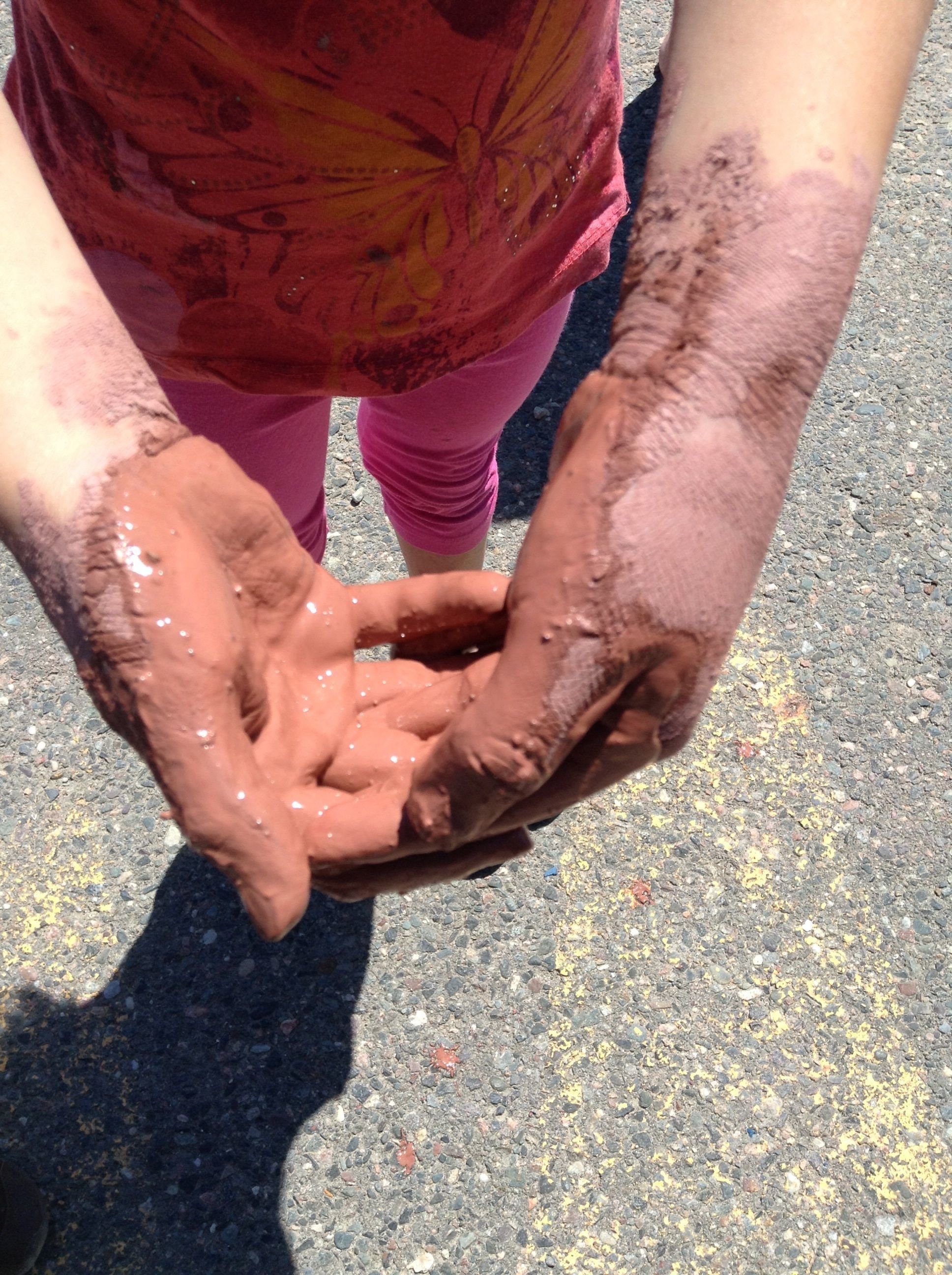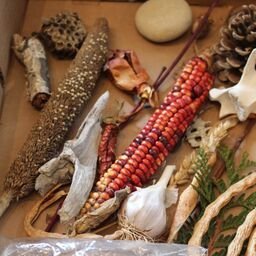CREATING RELATIONAL MUSCLE — CREATIVE LAND-BASED EARLY LEARNING
Kids get fired up outside. They beg for recess. They love to look for bugs, get messy, bring the outdoors inside. They are masters at finding the ant hill, the caterpillar, the ounce of mud in an expanse of cement.
It’s a joy, and it’s playful research. It connects children to the natural world, and while they get fired up in this pleasure their synapses are also firing, and they are creating a way of relating and connecting.
For over a decade at 4elements Living Arts, I led a team of people to work in schools with children of all ages, encouraging land- and place-based ways to integrate arts and creative practices in classrooms and afterschool programs. As a result, we were invited by the Rainbow District School Board to act as ‘ateleristas’ (artists in residence) in early learning classes in schools on Manitoulin Island and in Sudbury region. Our approach had a great affinity with the ‘Reggio Emilia’ approach to learning, which was developed in Italy after World War Two, and has a world-wide following.
As ateleristas, our work is child-centered: we follow the interests of the child; we use natural materials and make connections to the natural world, and consider the environment to be a teacher; projects are process-based and iterative and we value research-based learning. Children work collaboratively and independently, but are always encouraged to learn together and co-teach. As the engagements are based on the children’s interests we have to be flexible and light on our feet, and be very creative so that we can create activities and introduce materials that respond to the children’s questions and curiosities. We rarely have a set workshop or activity in which all children create the same thing.
The learning was rich and the application of the different techniques/projects so meaningful. --Teacher participating in 4e Early Years Educator training workshop.
Rather than direct students to particular curricular endpoints, as artists in residence, we listen to the children and respond to their own questions about their environment in the classroom or their outdoor play areas. We respond not with “answers” but with other questions, with suggestions of art materials, or ideas about natural phenomena or related topics, that encourage them to come to their own answers in whatever way satisfies them. This approach honours each child as a researcher in her/his/their own right, with unique ways to learn and to collaborate with other students, encouraged in their natural impulse to find ways that the natural world can be a teacher.
My teaching partner and I have truly enjoyed following nature based inquiries in our classroom over the past two years. It is a joy to see the children explore natural materials that they may not have been exposed to before. They have created incredible art! :)
With the support of Ontario Trillium Foundation, and with consultation from Ellen Brown (York University), an early learning researcher and seasoned workshop facilitator and expert on ‘Reggio’ documentation, two books were written about this 3-year Reggio-informed early learning project with the Rainbow Board, available for purchase (navigate to my web store); and I’m available to facilitate workshops and study groups in these inquiry-based creative ecological approaches.
“Our experience with an artist in the classroom was very positive and rewarding for the children. It also provided me as an educator opportunities to see possibilities we had not considered in the arts.”
Since 2017 I’ve been working with Early Learning Creative Collaborations (formerly the Northern Ontario Reggio Association), supporting ecological engagements with children, supporting book studies, collaborating on presentations at the conferences, co-writing articles, and providing professional development to early learning educators.






